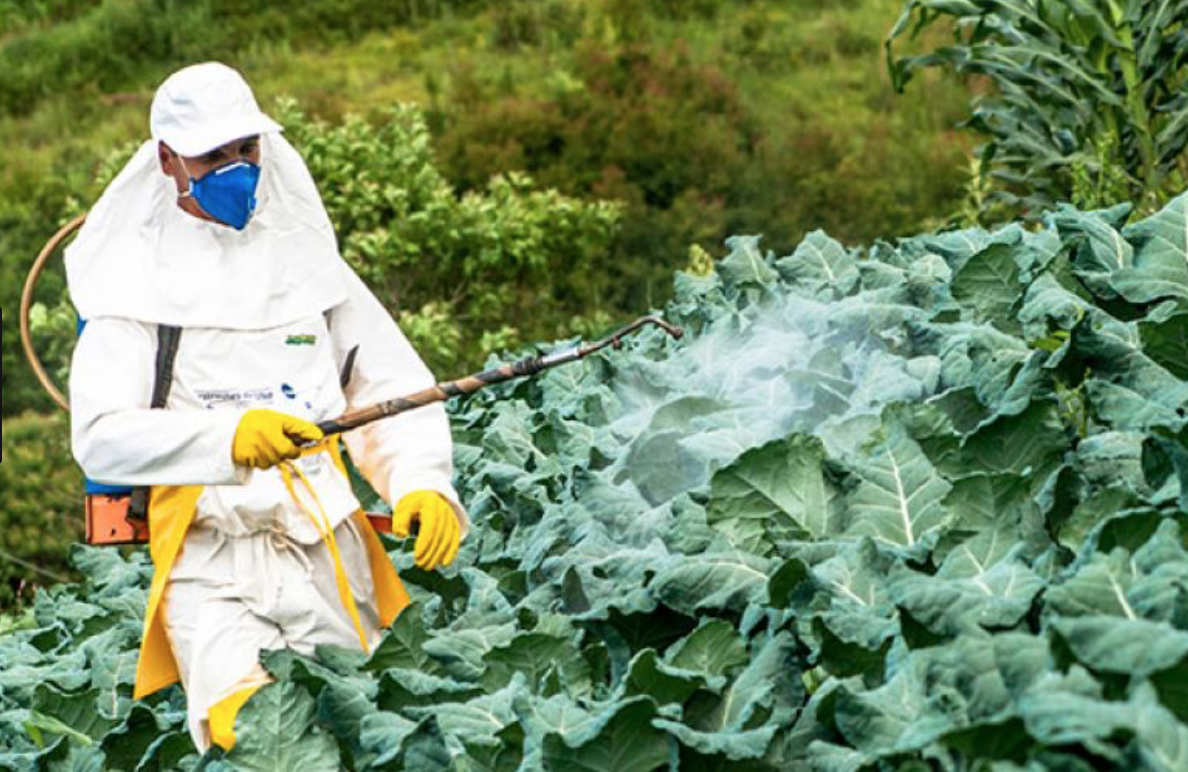Eye Health? Keep an Eye out for these Nutrients.
One of the best foods for our eyes are leafy green vegetables and carrots, known for their specific antioxidants and eye vitamins such as vitamin C, E, A and zinc along with carotenoids like lutein and zeaxanthin. These nutrients help to diminish free radical damage and fight inflammation and inflammatory substances in the eyes and simultaneously protect the eye’s cornea, lens and macula.
There are many reasons why our eyes and eyesight may become damaged as we age, including unhealthy lifestyle, exposure to toxins, overactive immune system and more.
According to the National Eye Institute poor diet is a major risk factor for age-related eye diseases such as macular degeneration and cataracts. Anti-inflammatory foods and foods high in antioxidants such as kale, watercress, collard greens, mustard greens, turnip greens, brussel sprouts, sea vegetables, carrots, squash, grains, beans and nuts are terrific foods for the eyes and the body as a whole.
Looking at eye disorders from the perspective of Oriental Medicine we can glean some other insights: The right eye is traditionally seen as having a connection with the liver and the left eye with the spleen and pancreas. When a person has trouble in one eye or the other, it may be valuable to examine the condition of the liver or spleen/pancreas respectively. I have people come to me with unusual eye diseases in one eye — such as cancer and other unusual conditions. When this happens, it is very important to improve the condition of the organ(s) connected to the eye, which by extension will allow the eye to improve, as well.
Other conditions which affect both eyes equally may point to other imbalances in the body: nearsightedness indicates that the condition of the body as a whole may be too yin — in terms of foods the person may have a tendency to indulge in foods that are sweeter or fattier — like fruits, or desserts, or lots of salad dressings, or fatty yoghurt, butter, whipping cream, fruit juices, sodas, spices, etc.
Farsightedness signifies a more yang condition in the body. Foods that contribute to this condition are indicating a propensity for heavy animal food consumption like chicken, eggs, beef, pork, hard cheese, or consuming too much salt, too many baked or baked/salted foods like pretzels, chips, pizzas etc.
In cataracts a milky film is developing over the eyes that may become crystalline and may lead to blindness. Most cataracts are caused by long-term consumption of dairy products (like your milk or cream in your coffee) in conjunction with eating too much sugar and/or fruits, sweets, alcohol and drugs.
Macular degeneration which is another common eye condition affecting many millions of people in the US, is arising primarily from yin foods like excess sugar, sweets, soft dairy foods, spices, tropical vegetables and fruit, excessive oil, juice, alcohol, etc.
Top 4 eye nutrients:
1) Lutein and Zeaxanthin
Lutein, an excellent antioxidant for the eyes, has anti-inflammatory benefits and specifically helps the macula and lens of the eye. It is found in substantial amounts in kale, mustard greens, turnip greens, collards, watercress and dandelion greens. Harvard University has found that 6 milligrams of lutein daily can lower the risk for macular degeneration by 43%. One cup cooked of each of the vegetables mentioned above will give you double or triple the necessary quantity of lutein to prevent macular degeneration and other eye complications.
Zeaxanthin is an antioxidant that is part of the vast group of the carotenoid family. However, very few carotenoids find their way into the eyes. This particular nutrient helps protect the eye’s tissues, lens and macula by clearing vision, preventing glare, light sensitivity and cataracts. Like Lutein it is found in kale, mustard greens, turnip greens, collards, watercress and dandelion greens.
2) Vitamin C, E, and A
Vitamin C assists in the protection of your vision by fighting free radicals as well as assisting with the absorption of more trace minerals and other nutrients. Vitamin C is found in large doses in dark leafy greens, such as collards and kale — in fact 1 cup of kale contains more vitamin C than one orange.
Vitamin E works in conjunction with vitamin A and C to protect the body and eyes from inflammation and age related macular degeneration and speeding up healing of the eyes from laser surgery. Vitamin E is found in plentiful amounts in seeds, nuts, grains and beans.
Vitamin A is well known for its ability to prevent night blindness. It is also an important nutrient to prevent such conditions as cataracts and macular degeneration. Carrots, squash, rutabaga and other orange colored foods, as well as dark leafy greens are great sources for vitamin A. This vitamin is oil soluble, which means it is best to add a little oil to the dish you are cooking or to sautee your vegetables in — for example preparing a dish of sautéed carrots or squash.
3) Zinc: In combination with other vitamins, zinc is an important trace mineral to help protect the retina and lower risk for macular degeneration. Zinc is essential for nutrient absorption (not only in the eyes, but nutrient absorption in the whole body) as well as allowing proper waste elimination, which helps to reduce inflammation and cellular damage. In terms of the eyes, zinc is beneficial because it maintains healthy circulation, it evens out hormonal function to prevent autoimmune responses from occurring and more. Best food sources for zinc are grains, beans, seeds, nuts and seafood.
4) Omega-3- Fatty Acids have many different health benefits for the nervous/brain function, anti-inflammatory properties, slowing the effects of aging, arthritis, heart disease, stabilizing blood sugar levels and much more. However, it is always best to substitute other fats/oils with omega-3s instead of adding omega-3s to an already overly fatty diet. For the eyes these fatty acids promote good circulation and lowering inflammation, in particular helping with diabetes induced eye problems.
Great sources for omega-3-fatty-acids are sea vegetables, fish and flaxseeds.
Around the world eyes are considered to be a window to your soul. When our eyes are clear and bright they will shine with the beauty that is within us.
For more information, please visit my website: www.culinarymedicineschool.com



















